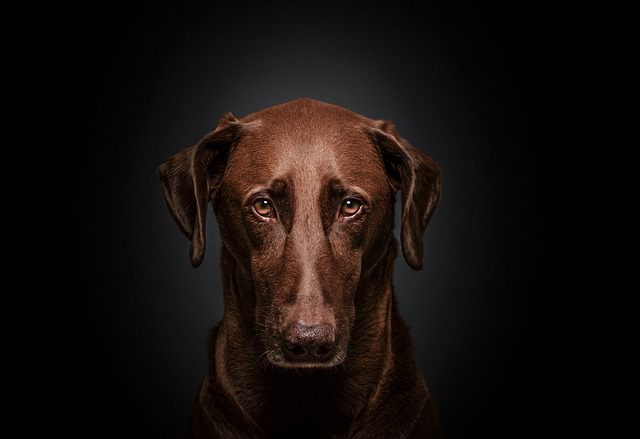
How do i train my dog to be obedient?
Watching your dog dart across the park ignoring your calls isn’t just frustrating—it can put them at risk near busy streets or public spaces.
Seeing your dog snarl or lunge at a passing cat or another dog isn't just embarrassing—it’s a heart-sinking moment. Aggressive behavior can put other animals at risk, strain neighborhood relationships, and even lead to legal consequences. But here’s the good news: with the right approach, most dogs can learn to coexist peacefully. Taming aggression isn't about breaking your dog’s spirit; it’s about building trust and teaching them safer ways to navigate the world.
First, figure out why your dog acts aggressively. Fear is a common culprit—maybe a larger dog once snapped at yours, leaving them defensive. Resource guarding, where dogs growl over toys or food, stems from possessiveness. Some dogs turn territorial, treating your yard or home as their personal fortress. Understanding the trigger—be it a specific animal, location, or situation—is key. A sudden change in behavior might signal pain, so rule out health issues with a vet check; neglecting medical care violates animal welfare laws in many places.
Positive reinforcement is your best training tool. Instead of scolding growling or lunging, reward calm behavior around other animals. When your dog spots a squirrel and stays relaxed, shower them with treats, praise, and belly rubs. Use a long leash to keep a safe distance at first, gradually closing the gap as they learn to stay chill. Many local shelters offer affordable group training classes, which not only help with socialization but also ensure you're following proper training practices required by law in some areas.
 Avoid punishment-based methods like shock collars or physical corrections. These don't fix the root cause and can actually make aggression worse. In fact, using such tools violates anti-cruelty statutes in numerous regions, and some insurance companies won’t cover dogs with a history of aggression if owners used inappropriate training. Focus on teaching your dog what you want them to do, rather than trying to scare them into submission.
Avoid punishment-based methods like shock collars or physical corrections. These don't fix the root cause and can actually make aggression worse. In fact, using such tools violates anti-cruelty statutes in numerous regions, and some insurance companies won’t cover dogs with a history of aggression if owners used inappropriate training. Focus on teaching your dog what you want them to do, rather than trying to scare them into submission.
Muzzles can be a practical short-term solution. Contrary to what some think, well-fitted muzzles let dogs pant, drink, and even take treats. They’re great for walks in busy areas or trips to the dog park while you work on training. Just make sure your dog associates the muzzle with good things—pop it on briefly and offer treats, gradually increasing the time. Some cities legally require muzzles for dogs with known aggression issues in public spaces.
Consistency is crucial. Stick to a regular training schedule, and get everyone in your household on the same page. If your dog shows signs of aggression, don't force interactions. It’s better to walk away and try again another day with more preparation. If you’re struggling, consult a certified dog behaviorist. They can create a personalized plan, which might include medication in severe cases, all while keeping you compliant with local regulations.
Training an aggressive dog takes time and patience, but the payoff is huge. Imagine your dog calmly greeting other animals, or watching squirrels without going into attack mode. Every small victory—like your dog ignoring a passing cat instead of chasing it—brings you closer to a more harmonious life. Because at the end of the day, a well-behaved dog means more freedom, more adventures, and more joy for both of you.

Watching your dog dart across the park ignoring your calls isn’t just frustrating—it can put them at risk near busy streets or public spaces.

New puppy owners often find themselves rushing to clean up accidents before they set in, and that’s where puppy pad training becomes a game-changer.

If you've noticed your dog's waistline disappearing and your veterinarian has mentioned those few extra pounds, your first instinct might be to simply reduce the amount of food in their bowl.

Training a dog to use a designated spot indoors isn’t as daunting as many new owners fear, but it does take consistency and an understanding of your pet’s needs.

That moment of dread on a walk is all too familiar for many new dog owners. You see another dog approaching down the sidewalk of your neighborhood

If the sight of another dog on your neighborhood walk makes your heart sink as your own dog erupts into a frenzy of barking and lunging, you're not alone.